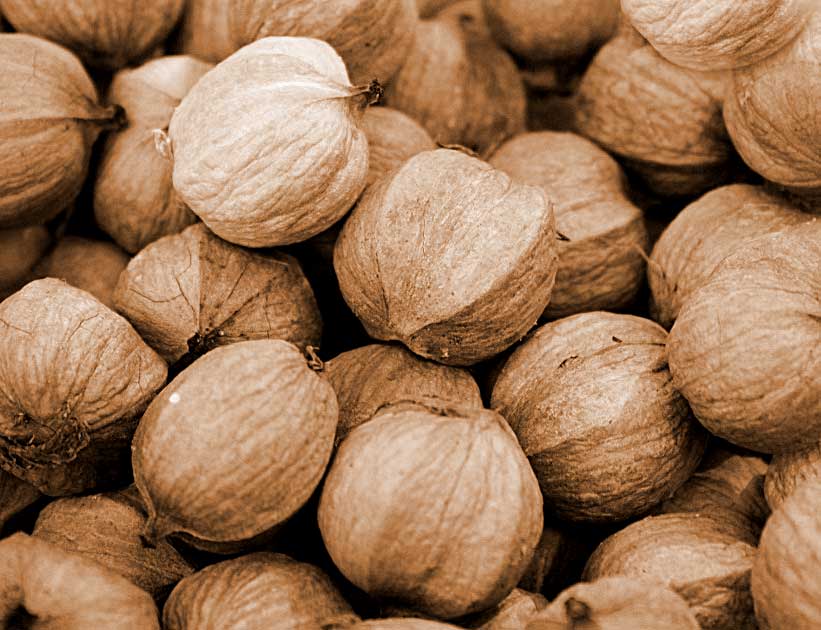We will be adding more as time progresses. But for now we will begin with a few.
Many of us know what plants look like by looking at them. At least the ones we have grown up eating. But there is more that grows wild that we are not familiar with. Let’s explore those!
As you enter a grocery store, you would find an array of fruits and vegetables displayed in terms that we are familiar with. Among these would be lettuce, tomatoes, scallions, and carrots that are all marked as being vegetables. In another aisle, you might find groups of grapes, apples, oranges, and strawberries that are labeled as fruits. Most people who have never lived on a farm do not consider these products as plants; they are simply known as food. It makes sense however; many people who live in cities have never seen the leafy green potato plant in its entirety, neither have they seen the flowers or fruits it possesses.
Hickory Nuts
The fruit of the Hickory tree is Hickory nuts, which is part of the walnut family. There are currently over 16 species of hickory tree, and they share some similar characteristics, such as a compound leaf structure, a straight and narrow trunk, an average height of about 100 feet (30.48 m) and relatively large fruit.

Black Walnut
These nuts are among the easiest to identify and basically look like green tennis balls. The rough round husks turn from green to a very dark brown as they lie on the ground in autumn. The nut meats are rich tasting and contain 173 calories for every ounce. They are high in fat, with a fair bit of protein, magnesium, phosphorus, copper, and manganese. The wild animals might even leave some for you, mostly because they don’t like to chew through those thick, bitter husks. Which means that there can be black walnuts on the ground well into winter.


